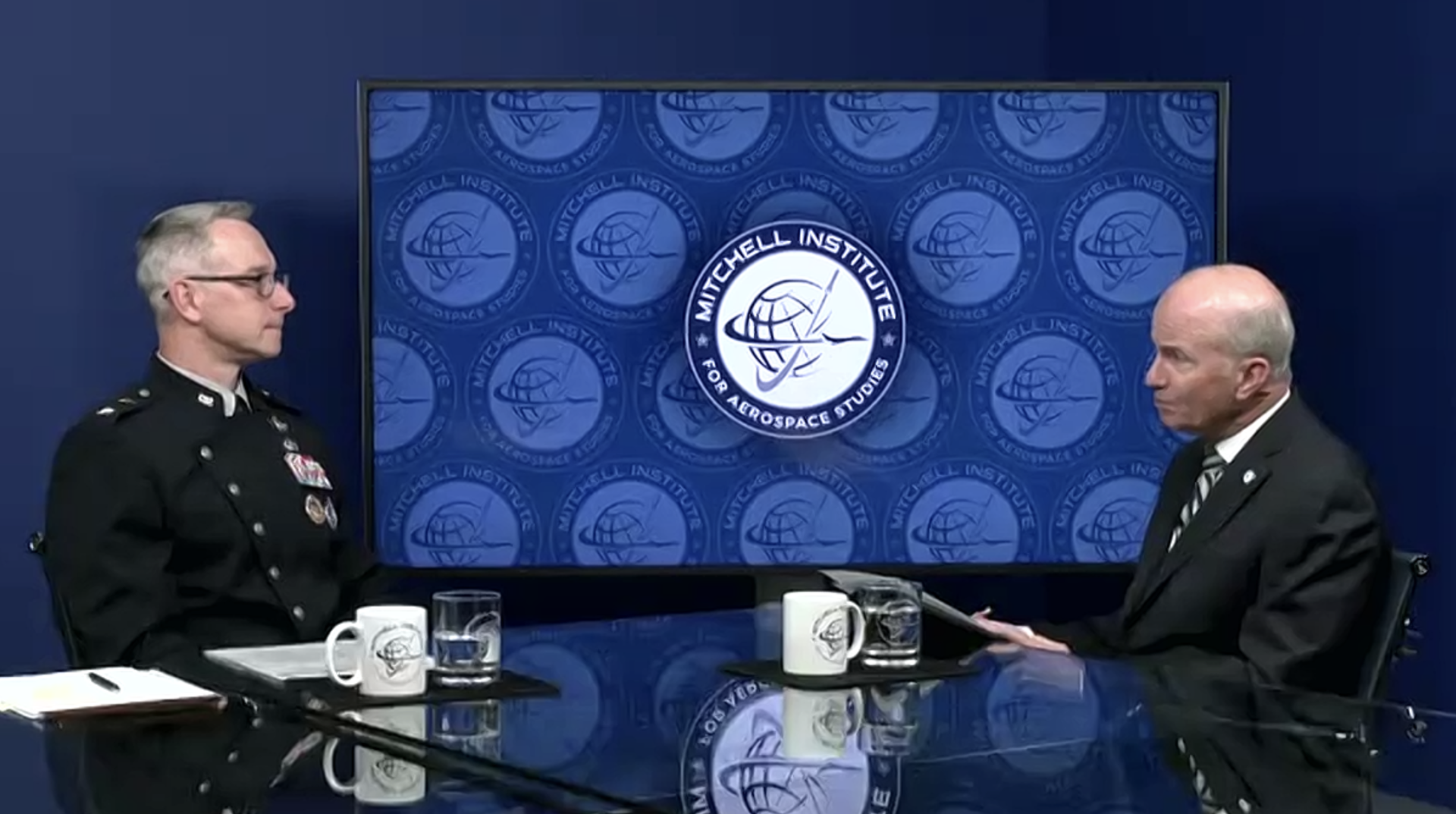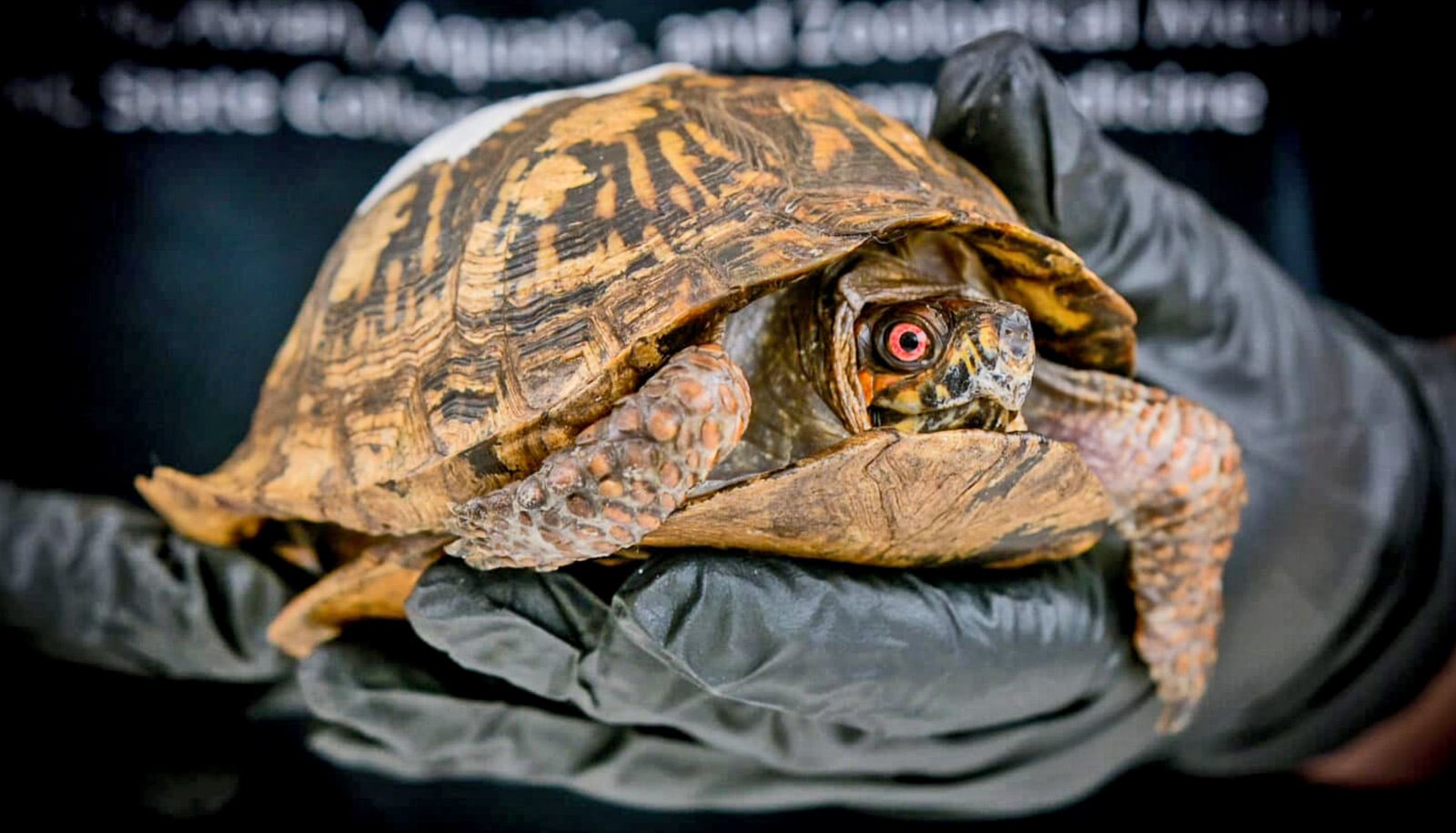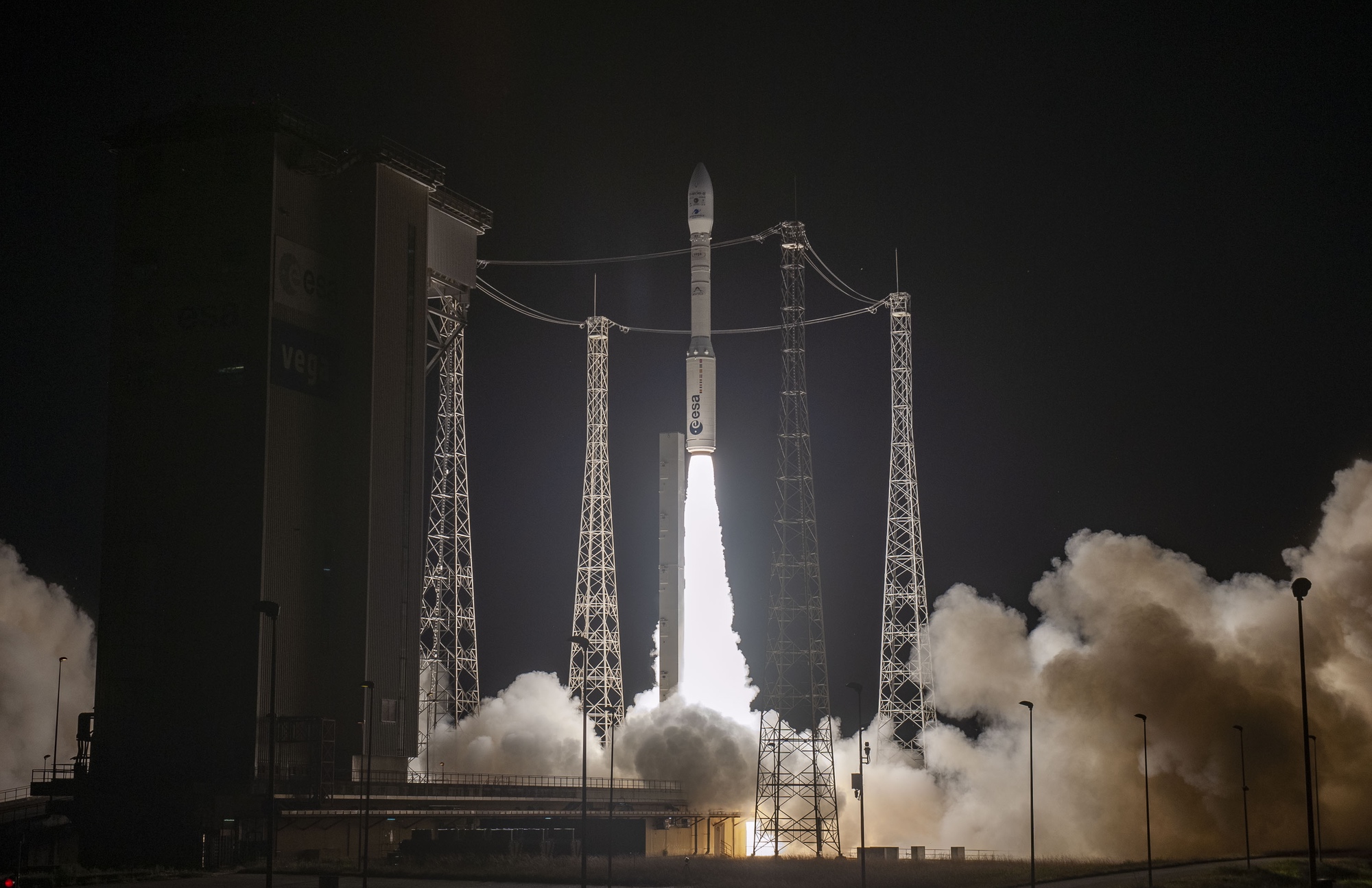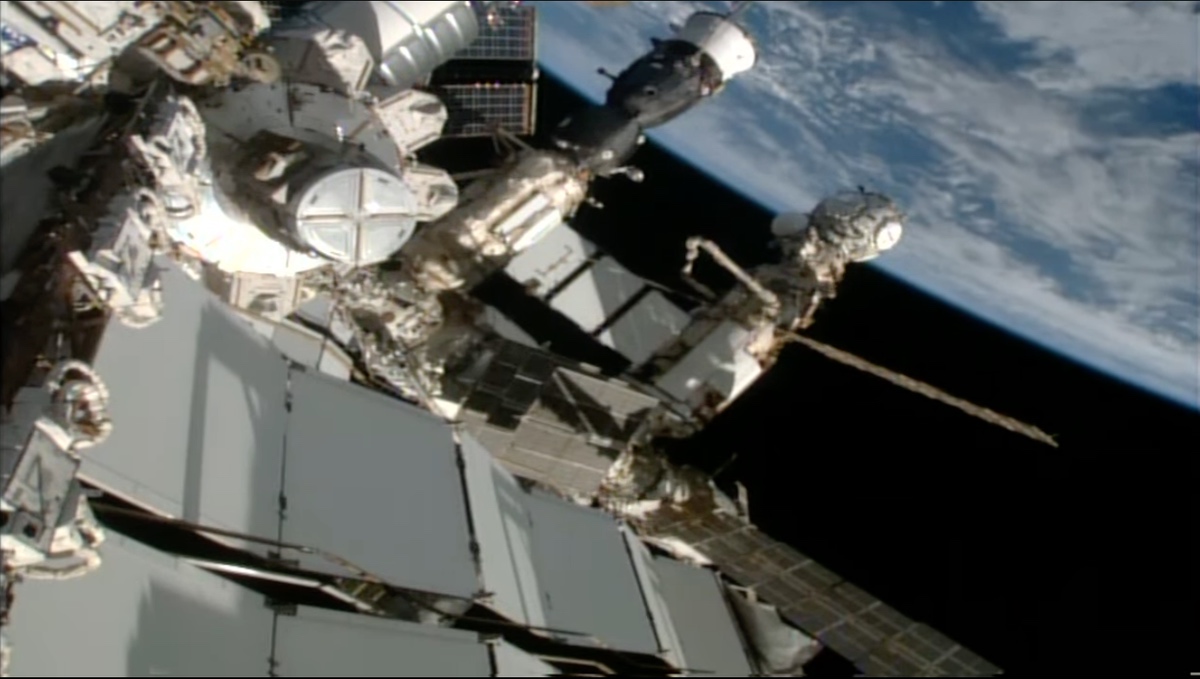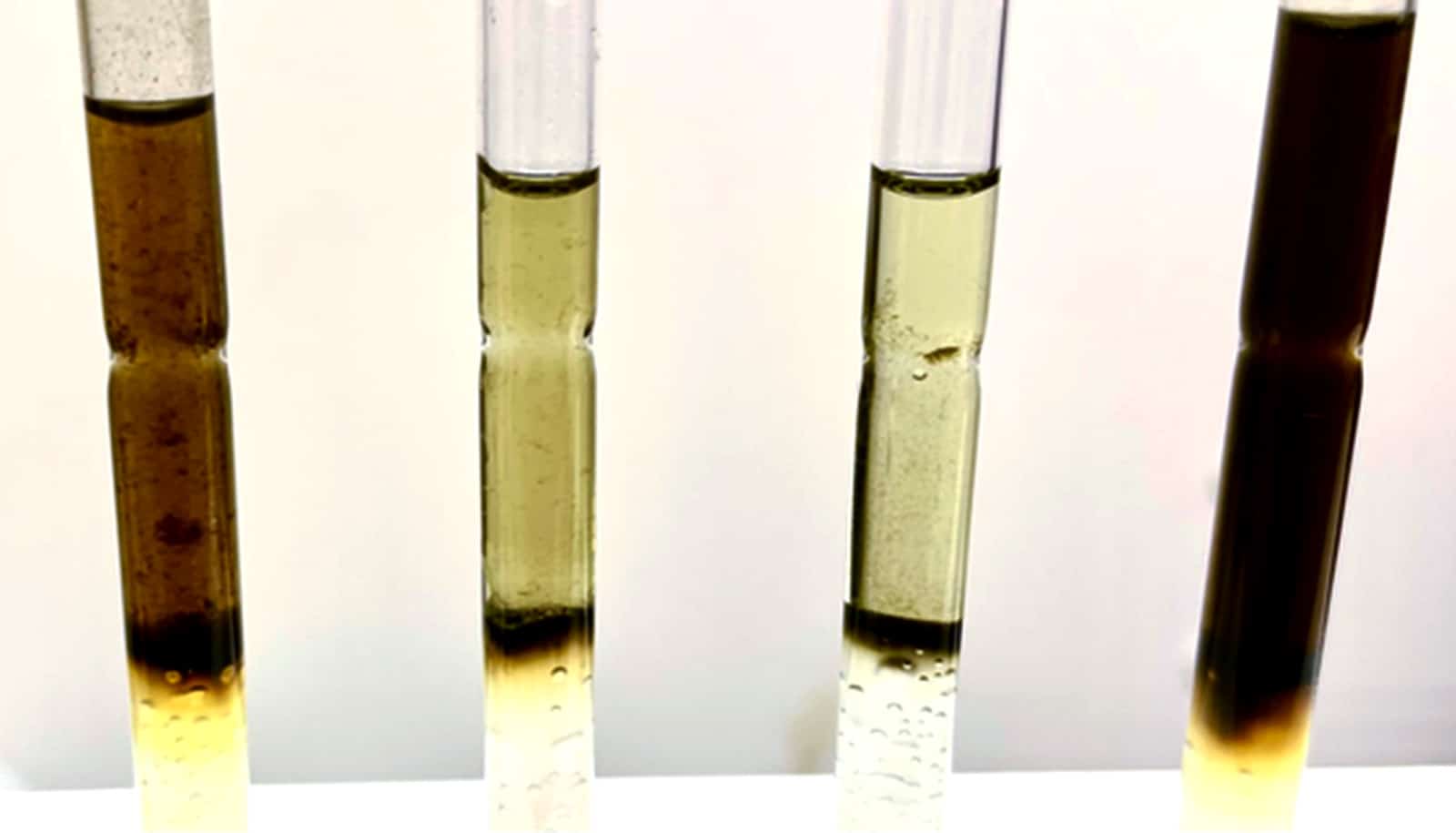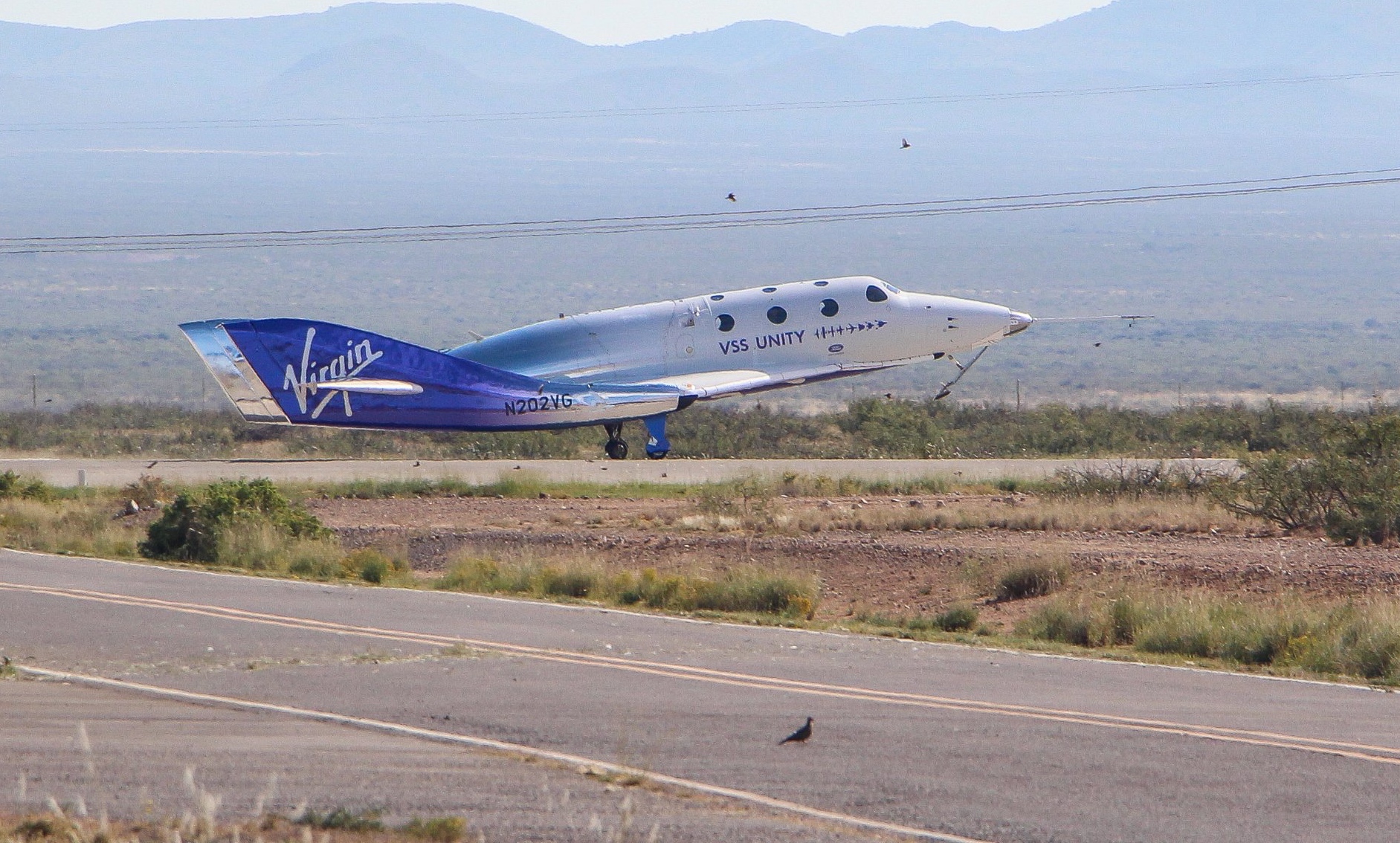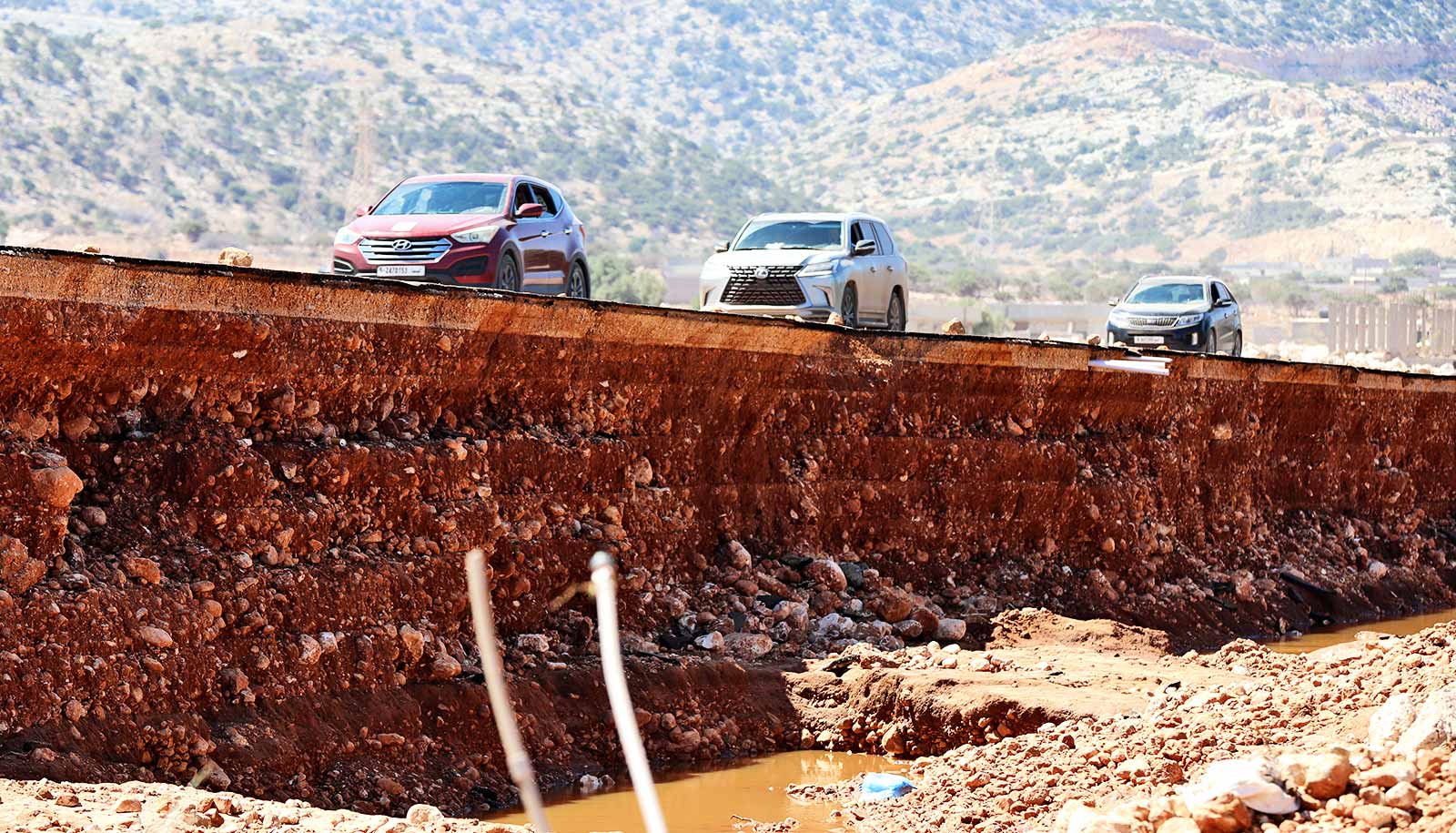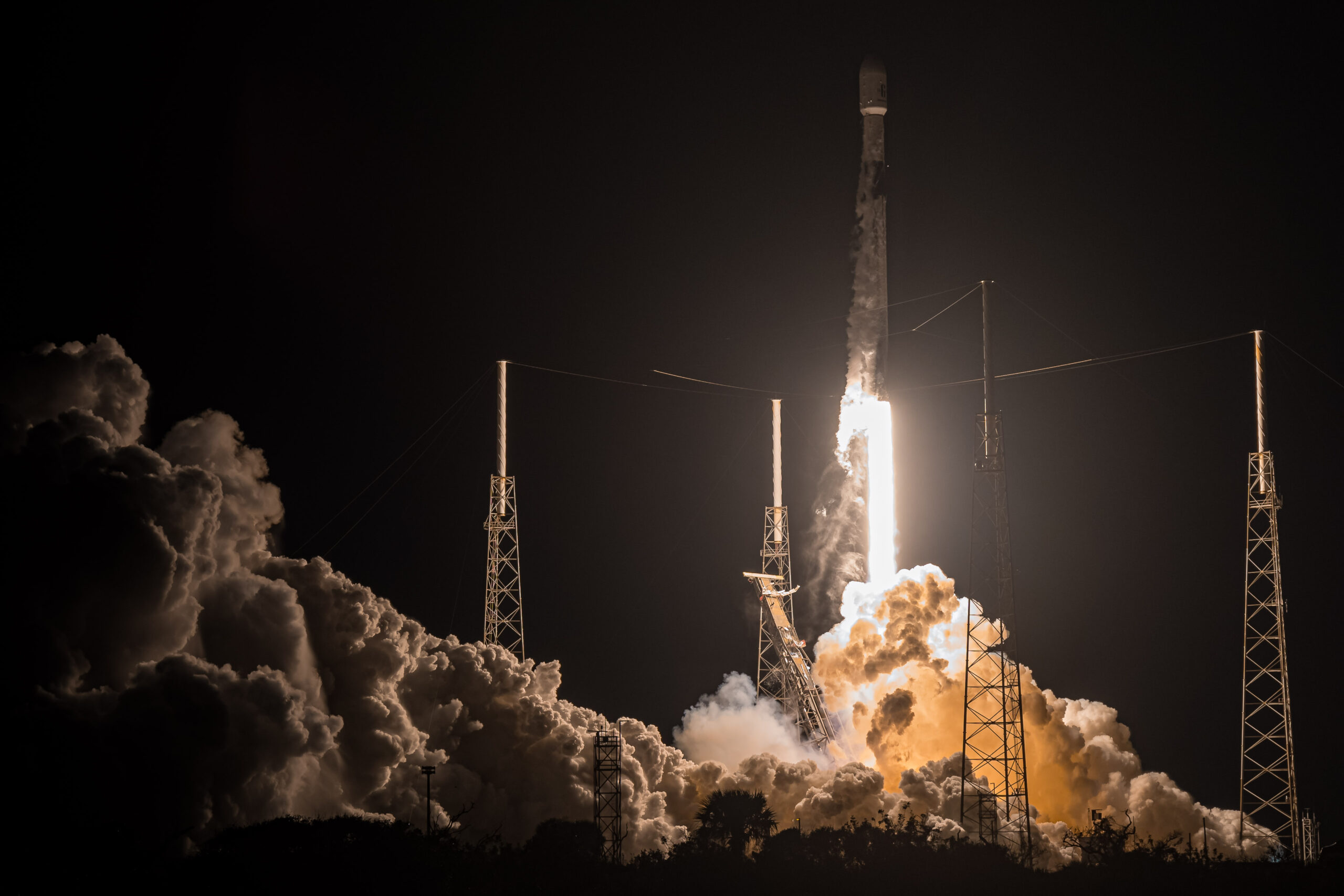WASHINGTON — The National Reconnaissance Office is on track to dramatically increase the number of spy satellites it relies upon to collect intelligence, the agency’s deputy director Maj. Gen. Christopher Povak said Oct. 10.
Speaking at the Mitchell Institute for Aerospace Studies, Povak offered further insight into the agency’s plan to grow its constellations of satellites for imaging, signals intelligence and reconnaissance.
The NRO, an intelligence and defense agency, builds and operates an unknown number of classified satellites that collect intelligence for U.S. policymakers, military commands and other organizations. The director of the NRO Christopher Scolese earlier this year revealed the agency set a goal to quadruple the number of satellites it operates over the next decade and move to a more “proliferated architecture” of different size satellites in more orbits.
Povak on Tuesday said these new satellites “will deliver over 10 times as many signals and images as we’re collecting today.”
“The proliferation and diversification of our architecture will provide increased coverage, greater capacity and resilience and more timely delivery of data,” he said. The diversity of assets will make it more difficult for adversaries to harm the U.S. intelligence infrastructure, Povak added.
Responding to competitors
The NRO is increasingly relying on commercial imaging satellites but is also building more of its own assets in space partly in response to the growing capabilities of rival nations, he said.
“Competitors across the globe are posing unprecedented challenges and eroding our technology advantage at a rapid pace,” Povak said.
“China in particular is closing a technology gap,” he added. “They’re investing significant money, manpower and resources to challenge America’s dominance in space, developing increasingly capable military space systems, a troubling array of sophisticated and lethal weapon systems, all enabled by space, and a growing arsenal of anti-satellite capabilities.”
China and Russia are developing ground and space-based weapons specifically designed to interfere with or destroy U.S. systems, he said. These weapons include ground-based missiles, electronic jammers and cyber attacks.
“We’re answering these challenges by advancing the capabilities we put in space and on the ground,” said Povak.
The new satellites the NRO expects to deploy over the next decade, he said, “will create more persistent coverage over any area of the Earth, provide faster revisit rates and increase the accuracy and fidelity of our data.”
“Our investments will increase the survivability and strength of our systems by shoring up single points of failure, addressing vulnerabilities on the ground, in the cyber domain and on orbit,” Povak said.
The NRO also is buying small satellites for experiments to “rapidly assess new technologies in the space environment and test new concepts of operations on orbit,” Povak said. “This ‘pathfinder’ strategy is already reducing our timelines for deploying future operational systems.”
‘Responsive space’
Povak said the NRO is watching U.S. Space Force efforts to speed up the timeline to launch space missions, under a program known as responsive space.
“Responsive space to us means that we want to be able to be prepared to launch a payload as soon as that payload is ready,” he said.
It also means having access to multiple launch providers and launch sites to deploy a diversity of spacecraft ranging from the traditional schoolbus-size satellites so smaller platforms built with commercial satellites buses “that we can integrate new payloads on.”
To be able to meet the goal of quadrupling the number of satellites, the NRO is shrinking the production cycle, said Povak. “Instead of taking six to eight years to create one specific satellite, we’re now producing multiple satellites every year.”

